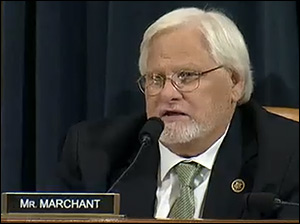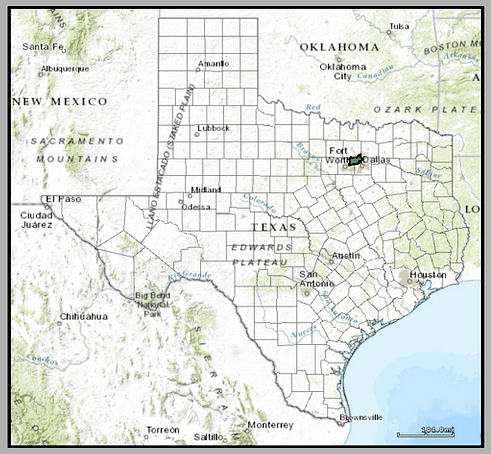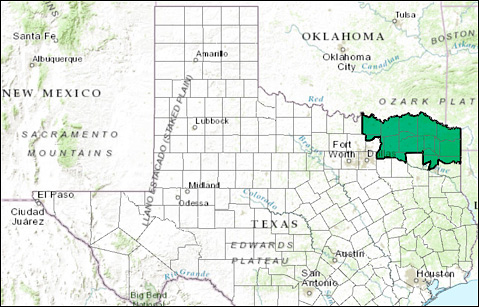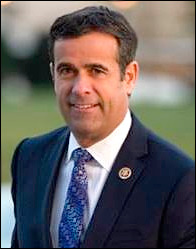By Jim Ellis
 Aug. 16, 2019 — It appears the Democratic National Committee’s move to increase the presidential debate qualifications in order to decrease the number of participants is working.
Aug. 16, 2019 — It appears the Democratic National Committee’s move to increase the presidential debate qualifications in order to decrease the number of participants is working.
With the first two debates featuring 20 candidates over a two-night process, party leaders obviously wanted to cull the field in order to attract a large viewership and host a more serious single forum. Thus, the debate qualifications were doubled in order to ensure that only the most competitive candidates would be included in the succeeding candidate events.
Originally, in order to earn a debate podium, the contenders had to recruit 65,000 donors or score at least one percent support within a series of designated polls. For the third debate scheduled over two days — Sept. 12-13 from Houston — the minimum qualification standards were doubled. Now, the candidates must prove they have at least 130,000 donors, 400 of whom come from at least 20 states, and receive two percent support on four of eight designated polls during the period of June 28 and Aug. 28.
At this point, nine candidates have already officially qualified for the September forum and three more have clinched one of the two platforms. Most of the nine were expected to earn their debate positions, but there is at least one major surprise, and some believe two minor ones.
| The next debate will feature no fewer than the following candidates (alphabetically listed): |
|---|
| • Former Vice President Joe Biden |
| • Sen. Cory Booker (NJ) |
| • Mayor Pete Buttigieg |
| • Sen. Kamala Harris (CA) |
| • Sen. Amy Klobuchar (MN) |
| • Ex-Rep. Beto O’Rourke (TX) |
| • Sen. Bernie Sanders (VT) |
| • Sen. Elizabeth Warren (MA) |
| • Businessman Andrew Yang |








